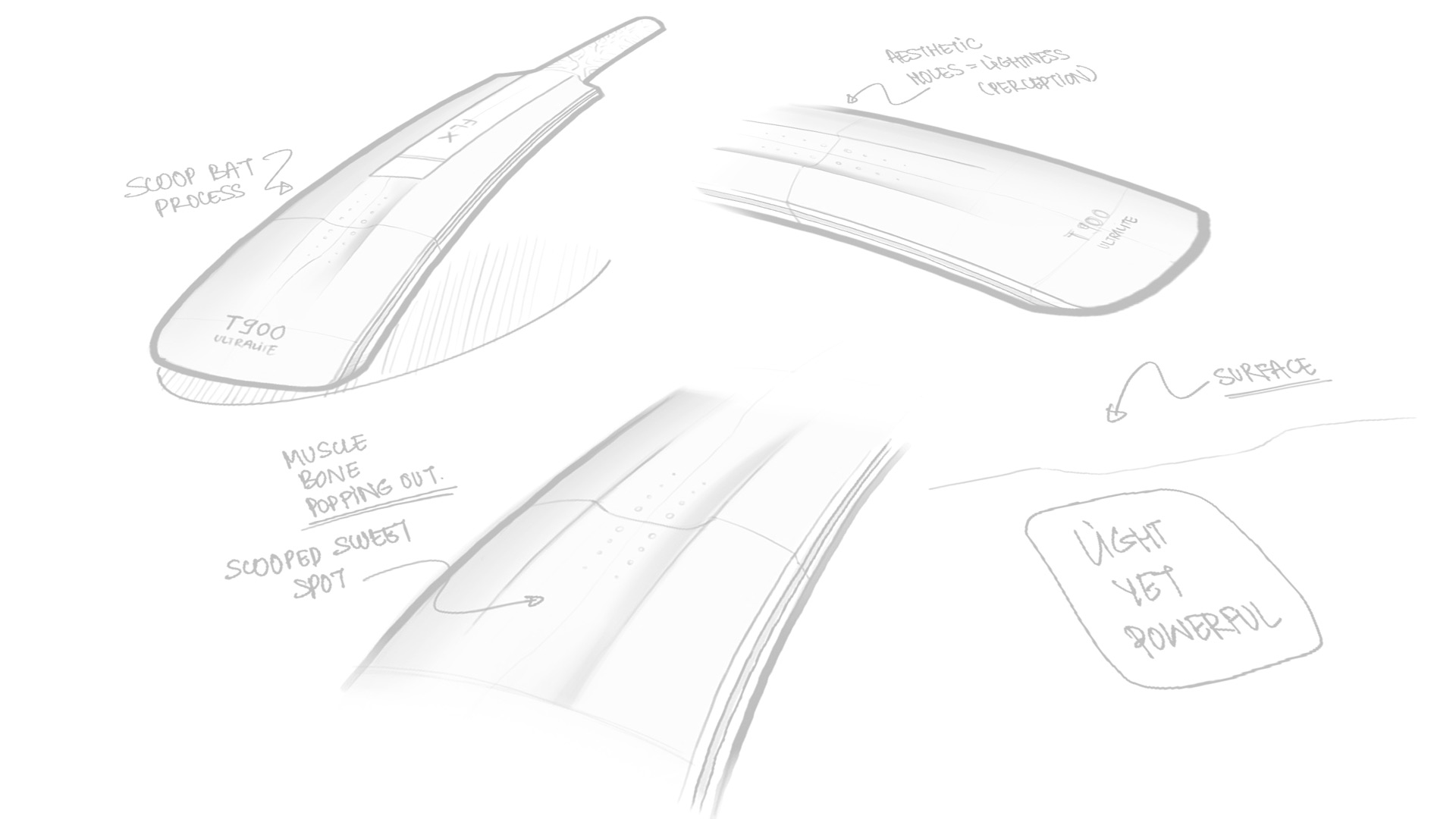3. And what about tomorrow?
DECATHLON
Design
for protecting
our playing fields
As well as offering technical, high performance sports products, designers also strive to take the environmental impact of their products into account. To do this, DECATHLON has implemented various measures to encourage eco-design and circularity.
To set the scene, the first eco-designed product is not particularly recent, dating from 2008 (over 15 years old already!) Teams devised a fleece made from plastic bottles. Ten years later, a department dedicated to eco-design was launched, coordinated by senior management. An ambitious road map very quickly materialised.
By 2026, DECATHLON is committed
to ensuring that 100% of technical sports products
are manufactured according to an eco-design strategy.
Minimal
Waste
Design
Some products are eco-designed by virtue of a specific design method that includes an optimised pattern. This is the fruit of a collaboration between the designer, pattern maker, engineer and product manager who set up methods that aim to optimise fabric usage right from the design stage of a garment, in order to reduce fabric consumption and minimise waste when cutting the pattern pieces.
This method is what DECATHLON calls Minimal Waste Design (MWD), a clever combination of geometry, logic and sewing, incorporated into DECATHLON processes since 2019. The Minimal Waste Design unit and the teams it supports still have plenty of work left to do. Aim: after apparel, extend the scope to other products (bags, tents, sleeping bags, etc.).

Since its launch,
-7,8%
in fabric consumption
(average reduction),
generating a 7% drop
in CO2 emissions
-2,6M
square metres of fabric saved,
i.e. the equivalent of 29,000 tonnes
of CO2 avoided in 2022
DECATHLON
launches a chair
Ecodesign and Creation
As a designer, the eco-design strategy is one of the challenges DECATHLON needs to address in order to lower the environmental impact of its activities. To do this, the brand is welcoming new collaborations with the aim of passing on its expertise. To respond to these challenges, DECATHLON has introduced an Eco-design and Creation Chair in partnership with the National School of Decorative Arts (ENSAD) in Paris. Working with the next generations to design the future also means enabling DECATHLON to tackle the latest challenges as part of their creative strategies. Rolled out over three years, this Chair will work to develop sustainable solutions in the face of environmental issues within the sporting arena.
Advanced
design
Devising
the way we do sport
in the future
DECATHLON has always been synonymous with innovation – and the DESIGN teams more so. Since 2001 (with an acceleration since 2017), a handful of people have been focusing on exploring tomorrow’s sports usages and their developments, and tirelessly trying to build visions for the future: this is ADVANCED DESIGN, a philosophy, and a collaborative and permanent effort.
Through numerous group workshops, they are able to reflect more productively on the future of sport and the people doing it. This department enables the various design teams to plan ahead and plot an innovative and differentiating trajectory. This approach makes it easier for the brand to improve the intuitiveness of its creations and to devise flagship products such as the 2-second tent and the roll-net, etc.










